The customer journey was created in 1985.
Nearly 40 years ago!
And while we love the concept of mapping each stage of the customer experience - from initial need to problem resolution - we also wanted to find a way to build on it.
Something that represents our core values and something that we could own, while at the same time, paying respect to the original customer journey.
We’ve found it - and we hope you like it.
We call it The Relationship Loop.
Let’s take a look at what The Relationship Loop is, why it matters and how you can use it to reduce churn, increase CLV and improve customer satisfaction.
What is The Relationship Loop?
The Relationship Loop is our take on the customer journey.
We developed it because relationships matter in business, and marketing across the customer journey is critical to business success.
Using marketing to build bridges between sales and customer service across the loop provides companies with incredible opportunities to strengthen customer relationships.
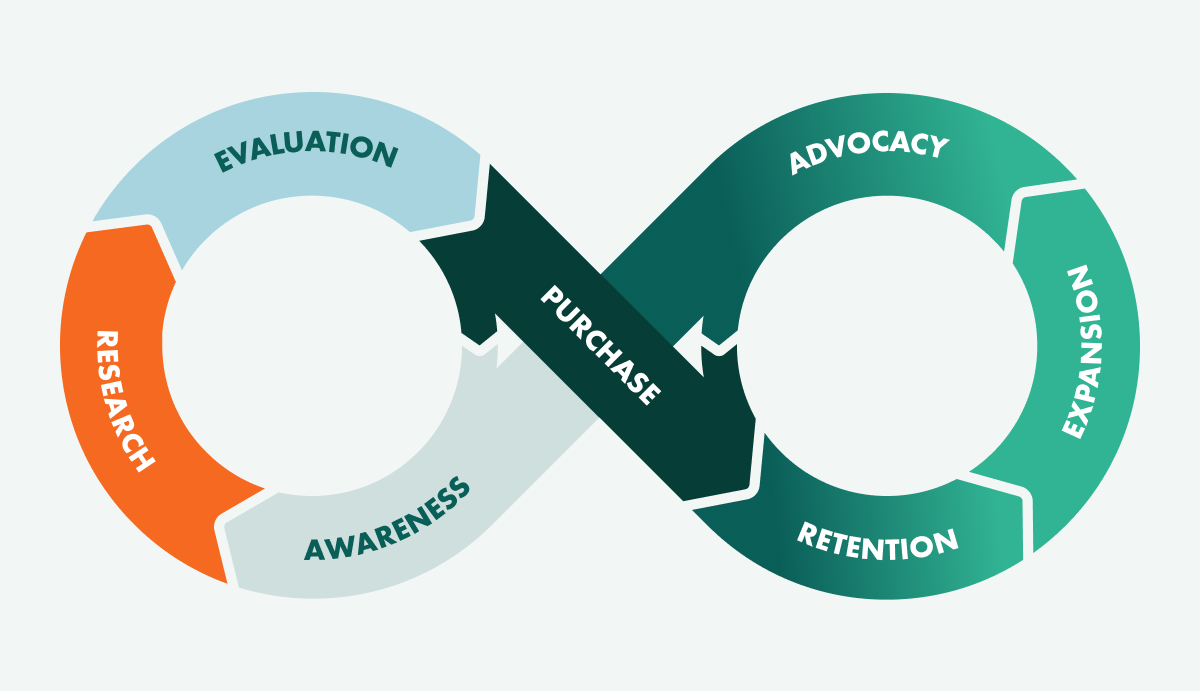
Focusing on marketing as a means to build and deepen ongoing relationships with your customers will lead to results like:
- Increased lead quality and conversion rates
- Reduced levels of customer churn
- Higher customer lifetime value
- Improved customer satisfaction
- More upsell and expansion opportunities
- Developing true advocates who are passionate about your brand
- A higher rate of referrals and new business
This all sounds good, but how does it work?
Introducing the seven steps of The Relationship Loop
Every customer has seven key phases during their relationship with your company;
- Awareness
- Research
- Evaluation
- Purchase
- Retention
- Expansion
- Advocacy
Each phase in the loop is an opportunity for your marketing team to work alongside your sales and service teams to help build profitable, long-term relationships with customers.
Helping your customers navigate through each phase of the loop will ultimately lead to your marketing team having a much higher impact on revenue than ‘simply’ generating leads.
Because it’s a loop, each part of The Relationship Loop feeds into the next one, creating a self-sufficient growth engine for your business.
To help you start your Relationship Loop, let’s look at what happens in each phase, the customer and business motivations during each phase, and how marketing can influence it.
1. Awareness
Typically, your prospects will go through five stages of awareness.
By the time they’ve been through the research phase, they should be in the ‘Brand Aware’ phase - becoming familiar with brands offering a potential solution to their problem.
As a business, your job is to move them onto being ‘Most Aware’ and help them get to know your brand particularly well.
As marketers, you can do this by nurturing your leads and providing them with timely, relevant, and valuable content that will help create a positive impression.
One of the best ways to do this is through email marketing, mainly automated email sequences tailored to the types of problems your customers are looking to solve.
SuperOffice’s email marketing editor helps you to create, schedule, and track personalized email sequences using AI to create images, suggest headlines, and even adjust the tone.
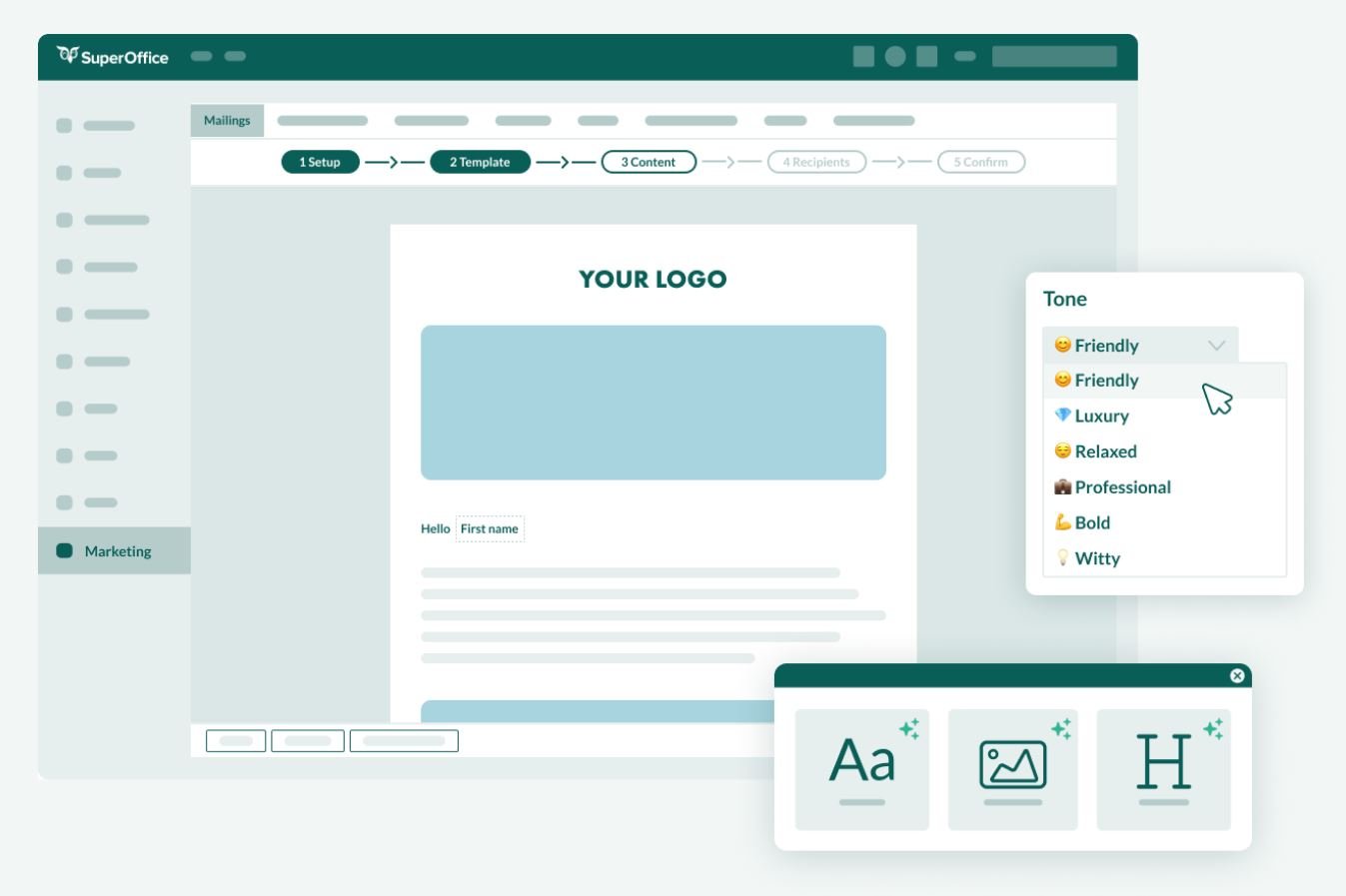
2. Research
During the research phase, your potential customers start thinking about how to solve their business problems.
They’re not ready to buy - in fact, they may not even know what to buy or look for - but they want to find a way to remedy their issues.
As a business, you want to be able to capture this early intent and position yourself as an expert coach to offer the prospect confidence.
Your marketing team should consider creating ‘top-of-funnel’ content like blog posts, webinars, or podcasts to attract as many early researchers as possible.
Using tools like SuperOffice’s forms, you can turn your website into one big lead magnet that captures the details of the people in research mode who want to learn more.
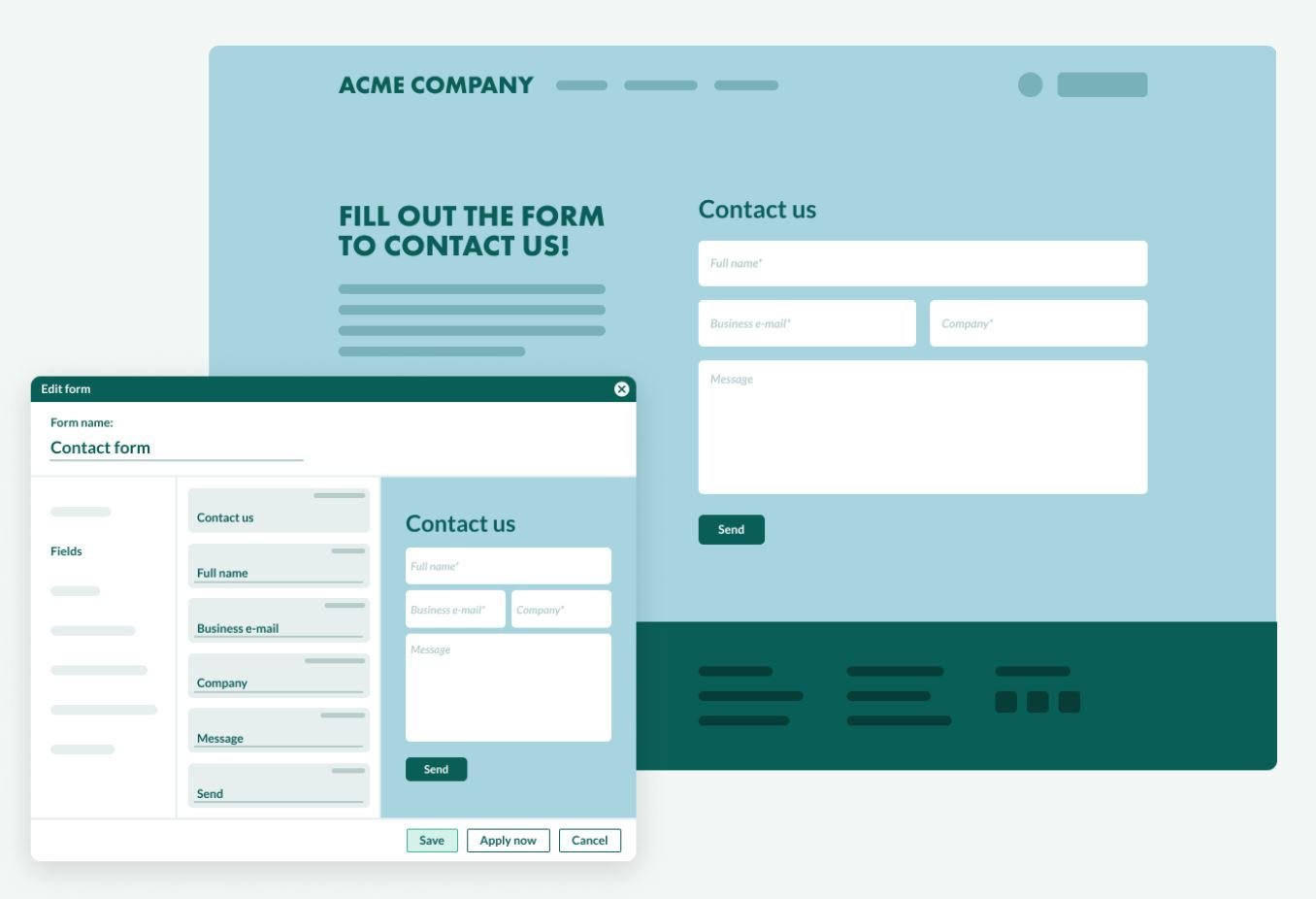
3. Evaluation
The evaluation phase of the relationship journey is where things start to heat up.
This is where your lead goes from generally interested to thinking more about your specific product, looking at everything from pricing and features to online reviews and comparisons.
As a business, these leads become more valuable as the intent has gone from background research and becoming aware to thinking more seriously about your product as a solution.
As marketers, you must anticipate your leads' thoughts and provide them with an easy pathway to the right evaluation information.
One tool that SuperOffice offers to help with this is our ‘if this, then that’ automation feature.
You can use it to track link clicks from individual leads and trigger the delivery of highly specific informative content that’ll preempt their needs and turn them into prospects.
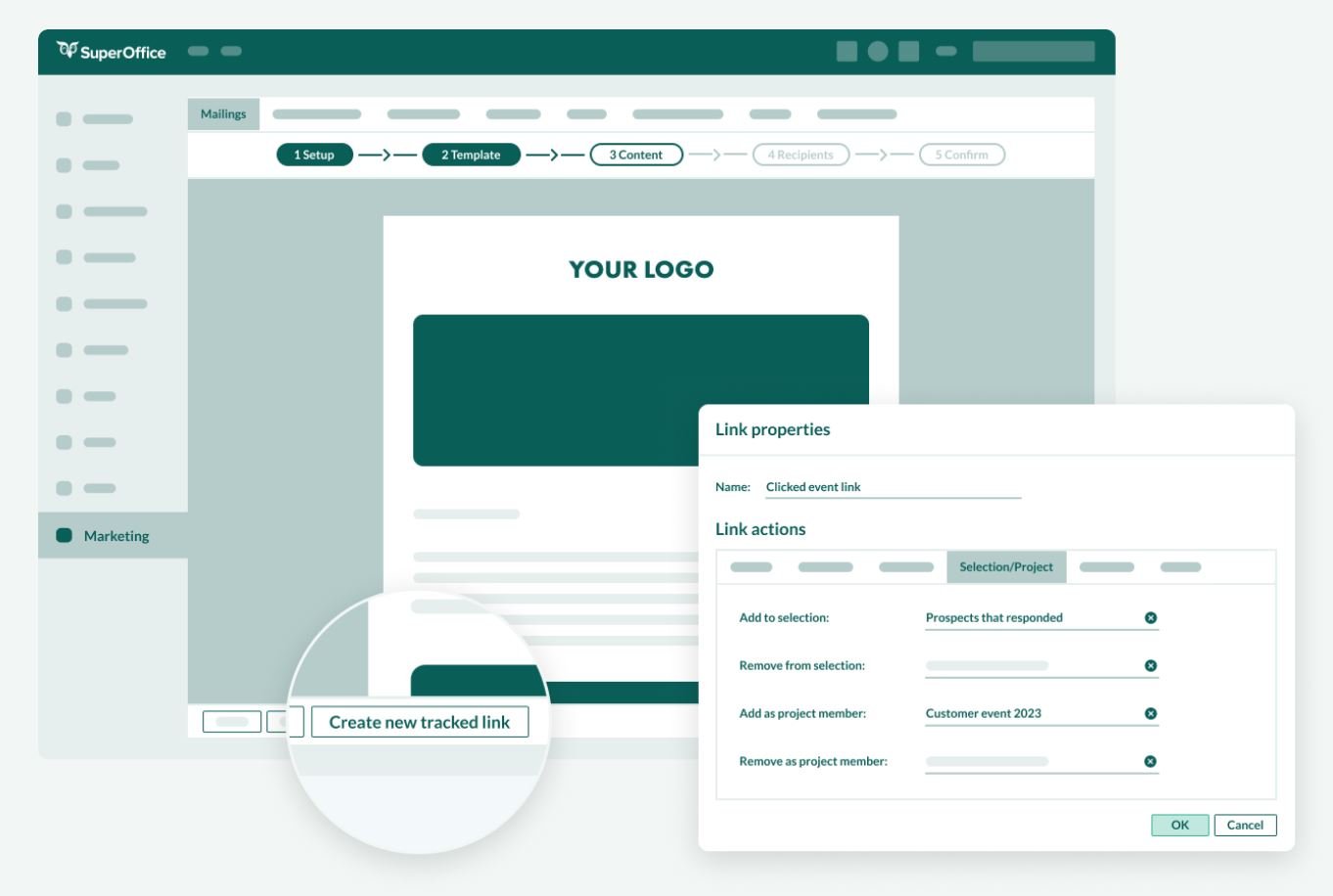
4. Purchase
By now, your prospect has moved through the research, awareness, evaluation, and purchase phases and is ready to purchase.
They want to talk to a sales rep and hear confirmation that all their research up to this point has paid off and that they’re making the right decision to invest in your product.
As a business, you want to do everything possible to empower your sales team to close the deal.
Your marketing team can play a huge role here by providing sales enablement content and documentation that the sales team can use to influence the prospect.
This could include case studies, customer success stories, or product sheets.
Using SuperOffice makes surfacing these documents easier than ever for the sales team, with our document integration technology that helps store and distribute this collateral.
5. Retention
Once your prospect has become a paying customer, your next priority should be to retain this customer in the long term.
The customer has chosen your product to solve their problem and needs to get value from it.
As a business, you need to do everything in your power to retain this customer - and the revenue they bring in - by helping the customer unlock value from your product.
This is because a 5% increase in customer retention rates results in a 25% to 95% increase in profits.
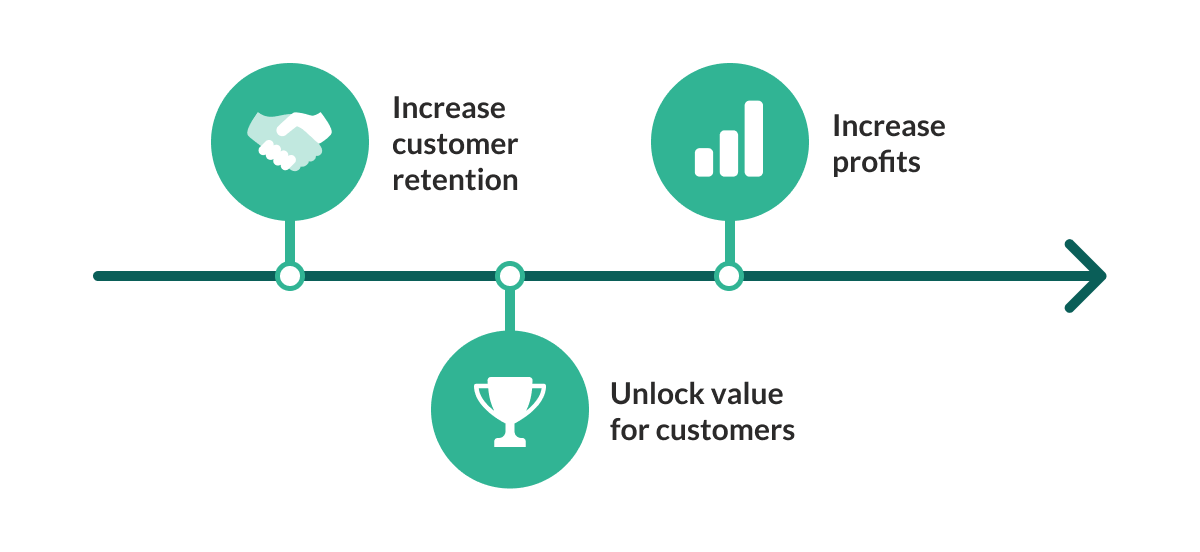
Your marketing team can contribute here by working with your service team to prepare informative and engaging content that helps to set your customers up for success.
This could include onboarding guides, help center articles, training videos, and anything else needed to give your customers the best chance of achieving real value with your product.
Using SuperOffice, your marketing and service teams can work to create ‘best in class’ experiences using the customer portal, knowledgebase, and live chat features.
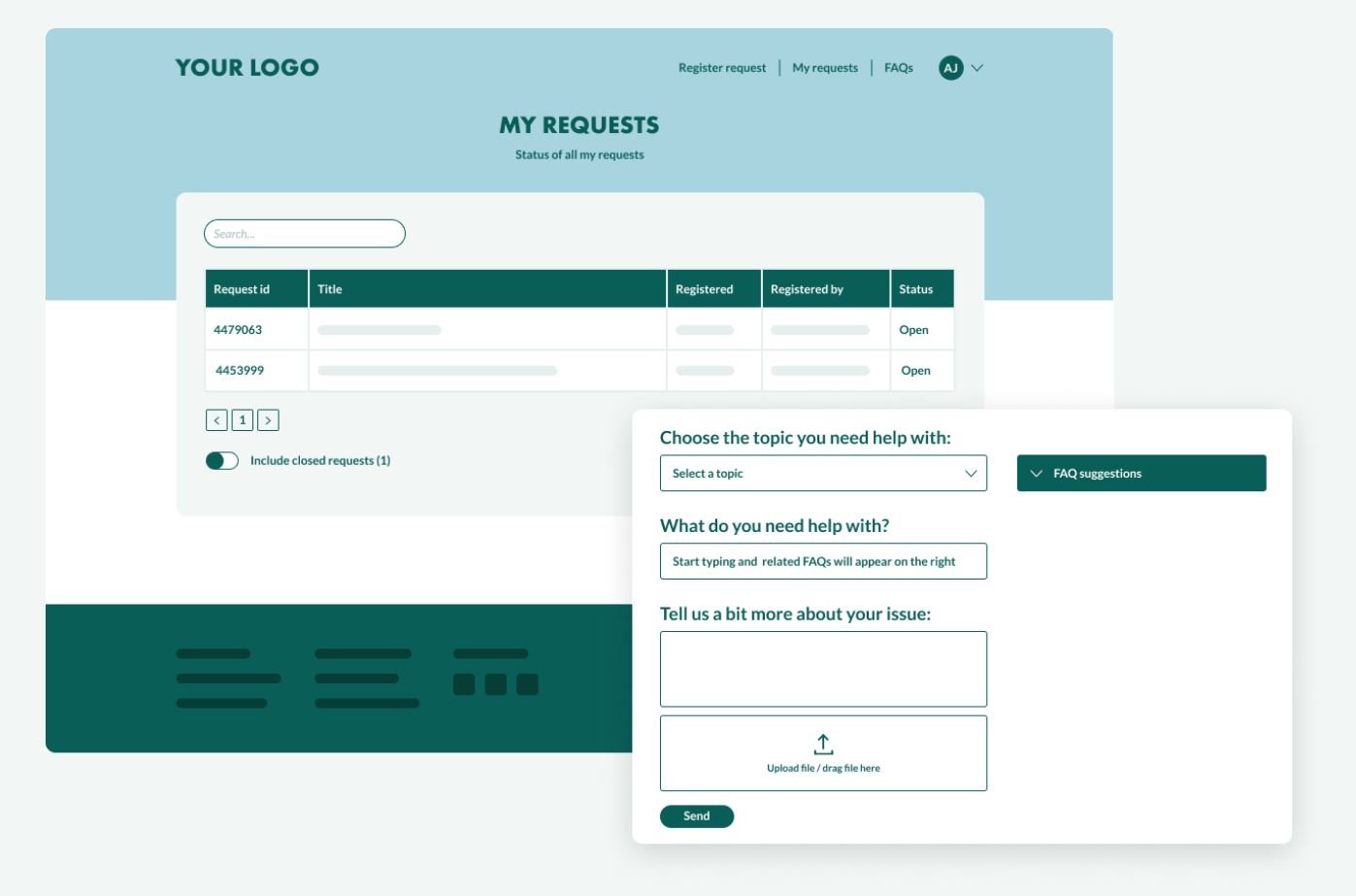
6. Expansion
As your customer reaches the expansion phase of The Relationship Loop, they’ve already received significant value from your product or service, and they want more.
As a business, you want to capitalize on your customers' experience to this point by presenting them with relevant and timely upsell and cross-sell options.
This is because you have a 60% to 70% chance of selling to an existing customer instead of just a 5% to 20% chance of selling to a new customer.
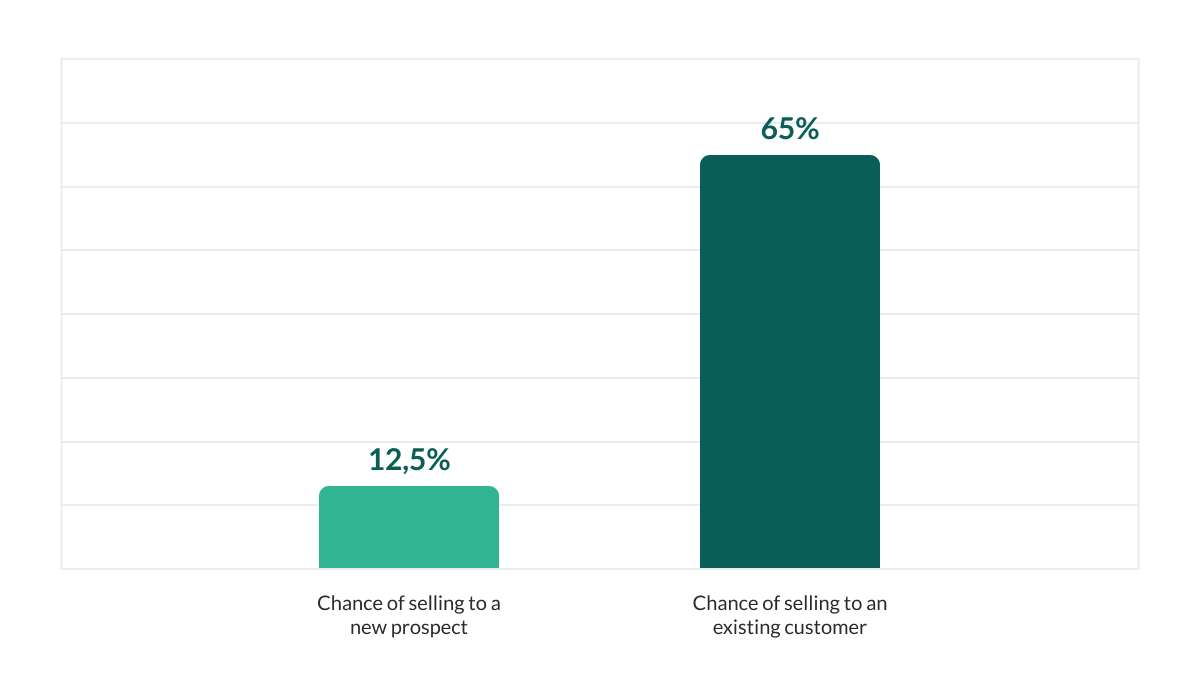
These expansion opportunities could take the form of upsells - like moving the customer onto a different pricing tier for your SaaS product - or cross-selling new products to them.
One of the easiest ways to position an upsell is against your customers' natural growth, for example, if they want to add more team members to their subscriptions.
However, the best service teams will also tie expansion opportunities against the customer’s goals - for example, adding new features that enable the customer to improve their KPIs.
As marketers, you can support this with segmented email campaigns, ensuring that the ideal customer is presented with the right upsell or cross-sell offer.
One way to achieve this with SuperOffice is to use our advanced data analysis tools, dashboards, and reports to help you identify key segments to target.
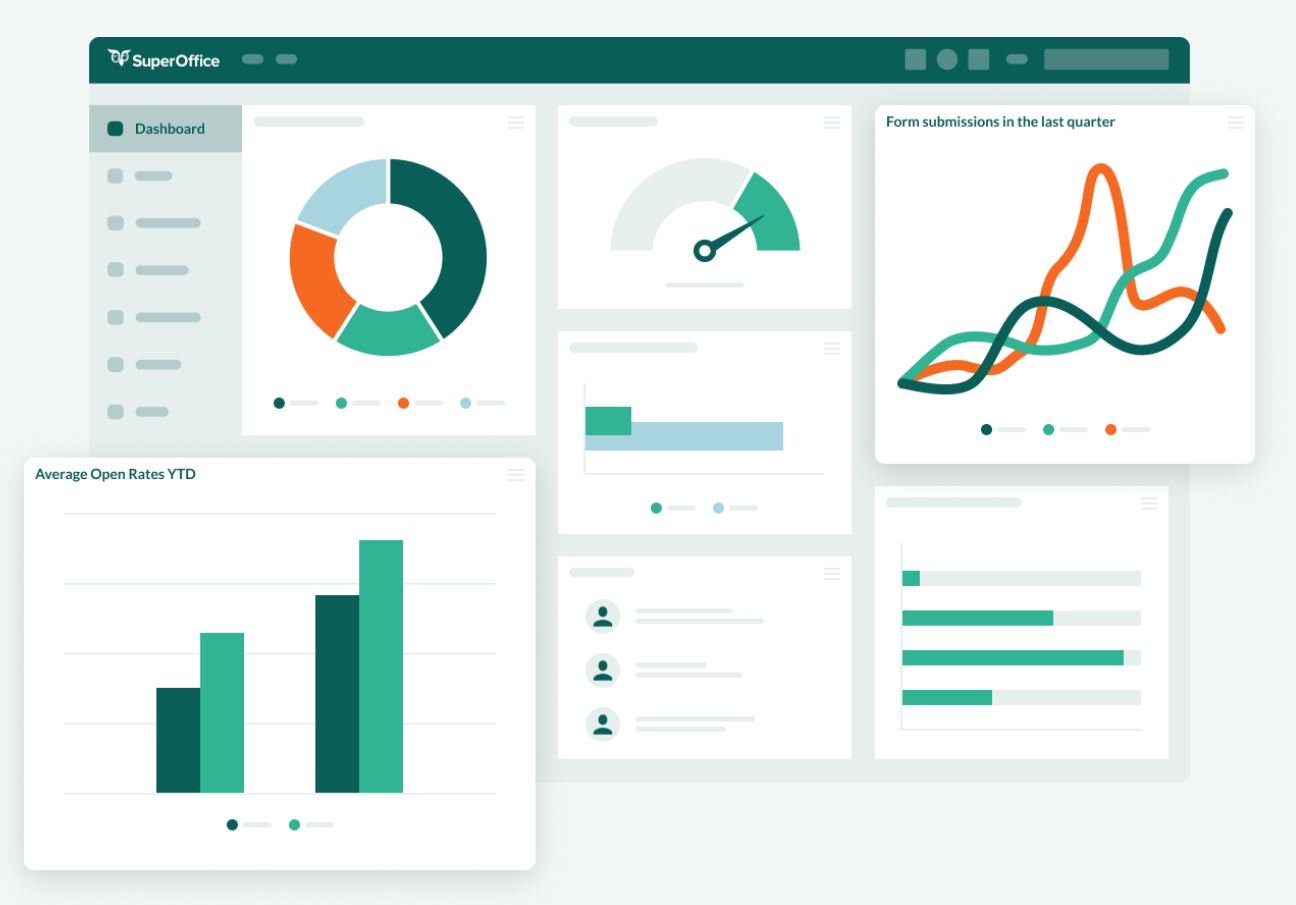
7. Advocacy
The advocacy phase of The Relationship Loop is where all your hard work as a marketing team - and a company - pays off.
At this point in their journey with you, your customers are happy with your product, have achieved significant business results, and have even expanded their usage.
Your customers are likely to talk positively in customer success or account management calls, and it's at this point you should consider asking them to become advocates.
When done correctly, advocates can become ambassadors for your brand and start word-of-mouth marketing to their network on your behalf.
However, fueling this growth engine can happen in several ways, and one of the easiest for marketers to get started with is integrating advocates into their content.
For example, you could turn your customers' enthusiasm for your product into a success story or case study or perhaps invite them to appear in a webinar.
Your marketing team could also use SuperOffice to create targeted email campaigns inviting your customers to participate or to distribute the content to new leads and complete the loop.
Of course, it goes without saying that managing all seven steps of The Relationship Loop is only possible with the right tools.
So, consider a CRM to help your marketing team strengthen relationships throughout The Relationship Loop.
How can a CRM help marketing manage The Relationship Loop
Using marketing to build relationships rather than just generating leads means that marketers can significantly impact long-term revenue generation and retention.
However, building this growth engine requires your marketing, sales, and service teams to align on a common goal.
To do this successfully, you’ll need a central source of the truth regarding customer data and communications.
A unified CRM platform like SuperOffice helps to bridge the gap between marketing, sales, and service to create a 360° view of the customer across The Relationship Loop.
SuperOffice offers several features to help you build more profitable customer relationships, including;
- Enhanced filtering and segmentation to target specific types of customers
- Advanced marketing and personalization options to tailor every message
- Build relationships across multiple touchpoints like chat, email, and portals
- Easy to use automation to deliver messages exactly when customers need them
- And much, much, more…
Ready to turn your marketing team from lead generators into relationship builders?
Book a demo of SuperOffice today and learn how your marketing team can thrive alongside your sales and service teams to build profitable relationships using a single CRM platform.



